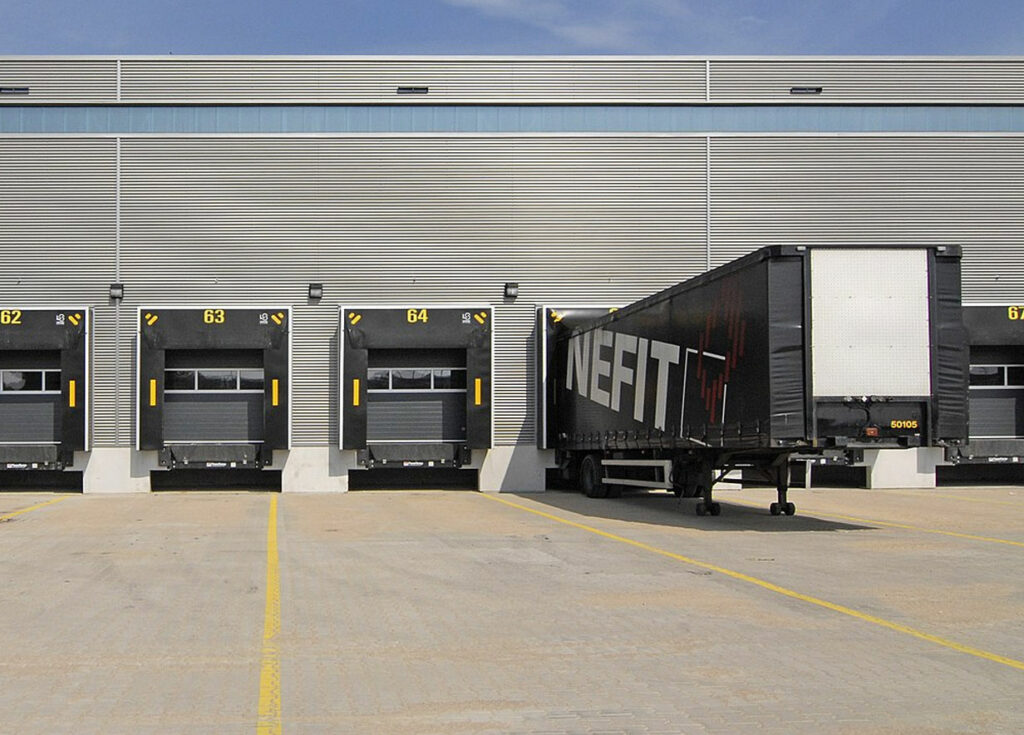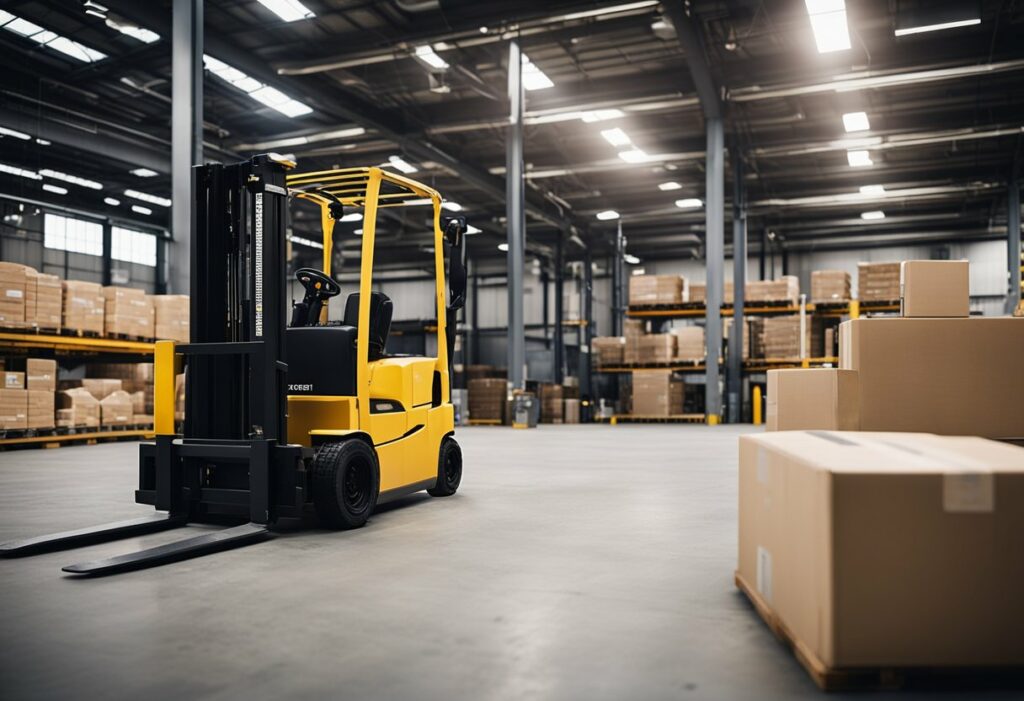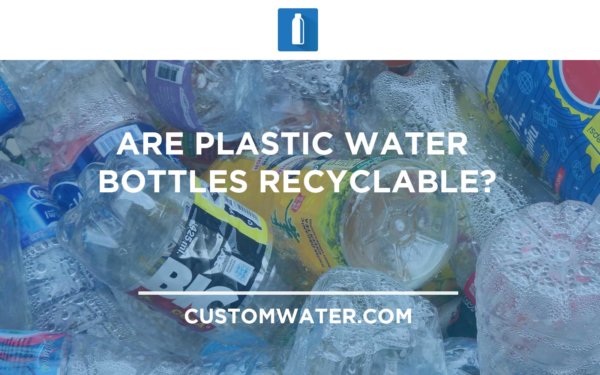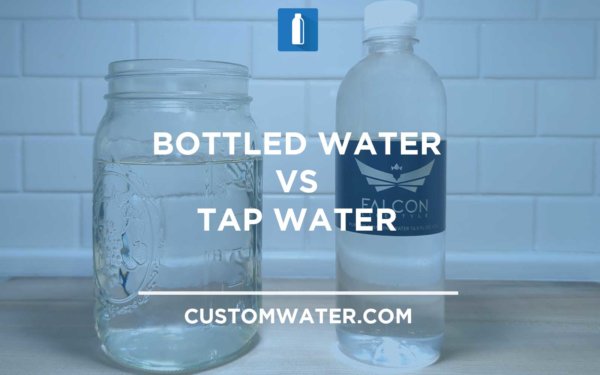Receiving your shipment of custom bottled water is exciting. Getting the delivery details is important to ensure that you have a safe, speedy and smooth delivery. For a smooth bottled water delivery we need to make sure to book the correct truck with the correct type of equipment needed to unload at your location. Each delivery location is different and will typically require a different type of equipment and or a different type of truck. Below we will explain the different types of equipment so that you can evaluate based on the type of location you are receiving the water to.
In the world of shipping freight (or large, bulky shipments) there are four main components often found: loading docks, forklifts, lift gates and pallet jacks. Depending on the location type, each piece of equipment plays a vital role in ensuring a safe and efficient unloading process.
Which type of delivery are you?
Delivery to a Commercial Warehouse or Distribution Center: loading docks and forklifts are very common. To confirm you are able to use this delivery method, please review the below:

Loading docks are fixed platforms where trucks and trailers can be loaded or unloaded quickly and efficiently.
These types of commercial locations are typically designed to receive a full size 53’ semi truck like you often see on the highway. These trucks are limited in their turning radius and require special receiving areas equipped with wide driveways clear of traffic, trees or obstacles.
Forklifts are powered machines operated by trained professionals, capable of lifting and transporting heavy loads within a warehouse or distribution center, and can elevate goods to higher shelves.

The process for these commercial deliveries is quite simple. First the truck backs up to a 48” loading dock. Then the driver opens the rear of the truck and the facility receiving team unloads the truck using either a forklift or a pallet jack. Once unloaded, the truck driver closes the rear door and heads out for the next delivery.
Delivering to Retail Stores, Small Office’s, Church’s, Strip Malls, or a Residence: the equipment requirements are different. Loading docks and forklifts and space to maneuver the larger 53’ trucks are not readily available. More often than not, customers request we place shipments at the curbside or in a driveway. This requires a special type of truck and additional accessories.

Box Trucks or Limited Access Trucks are what we use for dense urban areas, parking lots and residential deliveries. truck will more often than not require a lift gate attachment to bring the bottled water down from the back of the truck to the ground level. By design, box trucks carry fewer shipments but have significantly better mobility. This enables the truck drivers to safely access most parking lots and in many cases back up into driveways.
To get the bottled water out of the truck and down to ground level the driver will bring a lift gate attachment on the back of the truck and a pallet jack to move the shipment to your curb.
Lift gates are essential tools in the delivery process, providing an efficient and safe method to move heavy shipments between ground level and the height of a delivery vehicle. They are particularly useful when a facility lacks a loading dock or forklift, allowing easy transfer of goods onto and off trucks.
A lift gate is a fold-away metal platform mounted at the rear of a truck or van, functioning as a mini freight elevator. When extended out from under the vehicle, it acts as a platform to lift freight from the ground level up to the height of the bed of the trailer.

Lift gate services have become increasingly popular for our deliveries. This is especially the case in urban areas where space constraints make it challenging to equip buildings with loading docks or forklifts. It is crucial to request a lift gate service if you or the receiving party do not have a shipping dock or forklift to unload the freight.

Pallet Jacks allow a single operator to transport heavy palletized loads that may be too bulky or weighty for manual lifting (bottled water shipments can weigh up to 2100lbs !). Whether full of boxes, containers, or other packaged items, shipments are typically stacked onto a wooden pallet (dimensions 48” W x 40” L) and then secured shrink wrap for transportation.
Delivery / Receiving Area Safety Tips
Operating loading docks, forklifts, and lift gates safely and efficiently is essential in preventing accidents and ensuring a smooth workflow. Here are some valuable tips to keep in mind:
Loading Docks: It is crucial to maintain a clear and clean work area around loading docks. Drivers should be trained in proper dock safety procedures, including the use of wheel chocks to secure vehicles during loading and unloading. Additionally, adequate lighting and appropriate signage should be in place to aid in hazard identification. Regular inspection of the dock area and equipment is also necessary to identify and rectify any potential hazards.
Forklifts: Forklift safety begins with the driver’s training and adherence to established guidelines. When operating a forklift, drivers should be aware of their surroundings, especially near the dock’s edge, where a clear yellow line can help prevent accidents. Employing caution, they should operate at safe speeds and be mindful of pedestrians and other vehicles. Before each shift, forklift drivers must conduct a thorough inspection of their equipment to ensure proper functionality and safety.
Lift Gates: Lift gate operators must also be trained in safe usage and handling procedures. They should ensure that the area surrounding the lift gate is free of obstructions, and the platform is securely locked in place before use. Lift gates must be inspected regularly for wear and damage, and any issues should be promptly addressed to maintain safety.
In addition to individual equipment safety, it is vital to establish clear communication among all staff involved in the loading and unloading process. This effort will help prevent misunderstandings and incidents that may result in injury or damage to property. By implementing these tips and adhering to safety protocols, a safer and more efficient working environment will be created for everyone involved
Some locations, such as businesses with loading docks, are better suited for direct truck access, while others, like residential neighborhoods, may require specialized services like liftgate deliveries. Ensuring that the correct resources are allocated when placing your order can streamline the entire shipping process and minimize unexpected delays or expenses.
In summary, understanding the unique requirements and variables involved in shipping and delivery can help businesses and freight companies make informed decisions about the most efficient and economical methods to transport goods. By evaluating the availability of loading docks, the need for additional equipment like forklifts or liftgates, and the type of delivery or pickup locations, companies can effectively navigate the complex logistics landscape and maximize their shipping success.
Frequently Asked Questions
What are the main functions of loading docks, forklifts, and lift gates?
Loading docks serve as the principal area for transferring goods between trucks and the facility. Forklifts are used to lift and transport heavy loads, usually affecting the transfer of goods within warehouses, storage facilities, or at loading docks. On the other hand, lift gates facilitate the loading and unloading of goods from truck trailers to ground level or vice versa, primarily in cases where a loading dock is unavailable or when a forklift is unnecessary due to the load’s weight or size.
How do the mechanisms of lift gates and forklifts differ?
Forklifts are powered vehicles designed to lift, carry, and move heavy loads using forks positioned in front of the vehicle. They rely on counterweights and a hydraulic system to lift objects safely. Lift gates are generally attached to the back of trucks and employ a hydraulic pressure system to raise and lower the gate to transfer goods. They are controlled with a switch box, offering a simple “up” and “down” functionality.
In what scenarios would lift gate service be more beneficial than using a forklift?
Forklifts are powered vehicles designed to lift, carry, and move heavy loads using forks positioned in front of the vehicle. They rely on counterweights and a hydraulic system to lift objects safely. Lift gates are generally attached to the back of trucks and employ a hydraulic pressure system to raise and lower the gate to transfer goods. They are controlled with a switch box, offering a simple “up” and “down” functionality.
In what scenarios would lift gate service be more beneficial than using a forklift?
A lift gate service is more beneficial when the destination facility does not have a loading dock, when the load is too heavy to be manually lifted or too light to require a forklift, or when the location prohibits the use of a forklift due to space constraints. In these scenarios, the lift gate helps get freight to ground level or from ground level onto the truck, simplifying the transportation process.
What types of facilities typically use loading docks, and how do they differ from lift gates?
Loading docks are commonly found in warehouses, distribution centers, and manufacturing facilities, where they facilitate the efficient transfer of goods between trucks and buildings. A loading dock usually incorporates features like dock levelers, dock seals, and dock bumpers for safe and effective operation. Lift gates, in contrast, are attached to the rear of trucks and provide a means of loading and unloading goods when a loading dock is not available or when smaller load sizes do not necessitate a full-sized dock.
How do the capacities and weight limitations of a forklift differ from a lift gate?
Forklifts generally have a higher load capacity compared to lift gates. They are specifically designed to handle heavier loads, typically ranging from 3,000 to 8,000 lbs or even higher. Lift gates, on the other hand, are built for lighter loads, with an average weight capacity of around 1,000 to 2,000 lbs. It is essential to choose the appropriate equipment based on the weight limitations to ensure safe and efficient operations.
Are there any safety concerns unique to loading docks, forklifts, and lift gates?
Each equipment has its safety concerns, which require appropriate training and precautions. Loading docks can be hazardous due to potential falls, vehicle collisions, or improper use of dock equipment. Forklifts pose risks related to tip-overs, collisions, falling loads, and pedestrian accidents, as well as the need for proper load balancing and stability. Lift gates, while generally safer than forklifts, also demand caution in their operation, ensuring that personnel are clear of the lifting area and loads are within the equipment’s weight limits.








